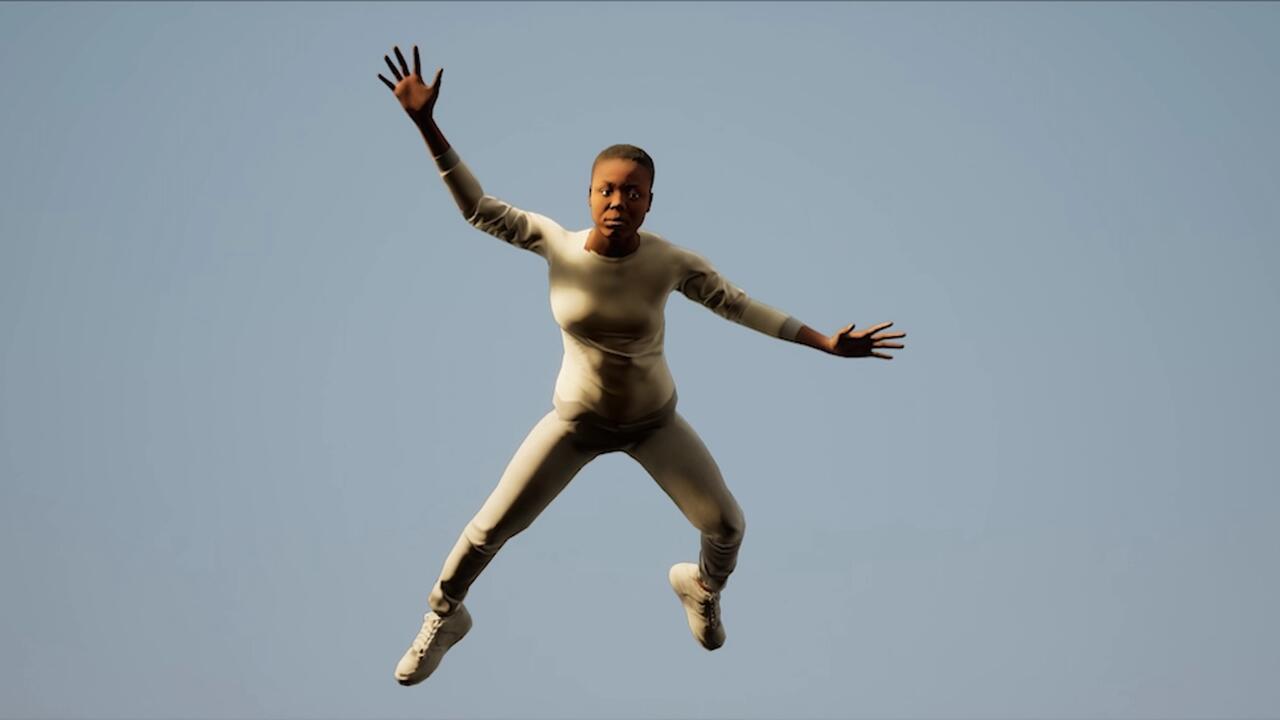Larry Clark

‘I was born in Tulsa, Oklahoma, in 1943. When I was sixteen, I started shooting amphetamine […] once the needle goes in, it never comes out.’ Speed may have been the drug Larry Clark referred to in the indelible opening lines to Tulsa (1971), the book of photographs in which his personal autobiography and documentary skill collided most brutally, but youth is the one he seems never to have got over. He remains committed to, sympathetic to, and more than a little turned on by, adolescence, whether he’s depicting South Asian and Latino kids in his home state or disaffected skateboarders of varying races in urban and suburban wastelands in New York and California. Clark’s first US retrospective, which includes the complete black and white series ‘Tulsa’ and ‘Teenage Lust’, selections from A Perfect Childhood (1995) and Punk Picasso (2003), several of his feature films and a handful of out-takes from Tulsa, provides a welcome opportunity to consider the interplay between personal experience and a variety of creative obsessions over the course of a long career.
‘Tulsa’ and ‘Teenage Lust’ are as potent and inimitable as ever. The influence of Robert Frank is clear in many of the early works: a car on an empty road, the cynically invoked emblems of American power (stars and stripes hanging over a brandished pistol), the greasy spoon diners, the resonant graffiti (‘FUCK’ in a busy frame), the rapidly achieved formal assurance, the moody, Beat seriality, the grainy, offhand beauty co-existing with knock-out compositions. Weegee’s visceral, unabashedly sensationalistic and fiercely in-the-moment crime reportage also haunts these images.
This is the USA seen from the inside – from its most hidden, fraying seams. Formally these early images also forge their own path in seeming occasionally to echo a pulp (or even noir) aesthetic. Picture the cross-legged boy on the cover of Tulsa, say, with his pompadour, bare biceps and lovingly held gun, gracing the cover of a vintage juvenile-delinquent-genre paperback with a 25-cent price in the corner and a lurid banner promising ‘A Novel of Today’s Wayward Youth Out for Kicks!’ The seedy glamour of beautiful James Dean lookalikes and big-haired bad girls straight out of girl-gang flicks, in combination with dead babies and track-marked limbs, is particularly devastating. Clark included a selection of 16mm filmstrips in the middle of Tulsa, but they seem more to reflect a need to show that there is a fully fleshed-out, film-worthy story behind each image than an impulse to unfurl the complete narrative.
Lately Clark has been focusing primarily on filmmaking (he has said that he would have liked to have shot Tulsa as a movie if it had been practical) and has been coming into his own as a director. Unfortunately, the show’s line-up of screenings leaves out his strongest movie to date, Ken Park (2002) – still denied a US cinema release – which he co-directed with ace cinematographer and fellow photographer Ed Lachman. Like Clark’s more recent art work, Ken Park has a loose, collage-like structure, whereas his controversial début feature Kids (1995) and subsequent films Another Day in Paradise (1998) and Bully (2001) are somewhat weighed down by their more classical treatment of narrative. As often in Clark’s work, Ken Park offers a probing, and truly shocking, take on teen masculinity, but it also includes a memorable sexually aggressive female character and, like the ‘Tulsa’ series, marries a striking formally brilliant visual style to its raw subject matter. It also concludes with a tender threesome that points to the possibility of a redemptive, rather than destructive, teen sexuality.
This more nuanced and multilayered perspective is probably the fruit of Clark’s constant scrutiny of adolescence in the USA. Among the most memorable works on view in this show are clips of teens being interviewed by celeb hosts such as Phil Donohue in 1992, shown on TV monitors, which expose the exploitation of troubled youths disguised as televised therapy that is rampant in American mass culture. Clark’s most recent works mix more typically lurid elements with rueful and occasionally hilarious artefacts: albums by Ray Charles and others, a video of a girlfriend’s dog, a list of admonishments for pet owners (‘I have only you’, one line pleads), and a snapshot of and memorial card for the artist’s mother, his first photography instructor, who died of Alzheimer’s. Age should only deepen Clark’s empathy for young people living on the edge.















